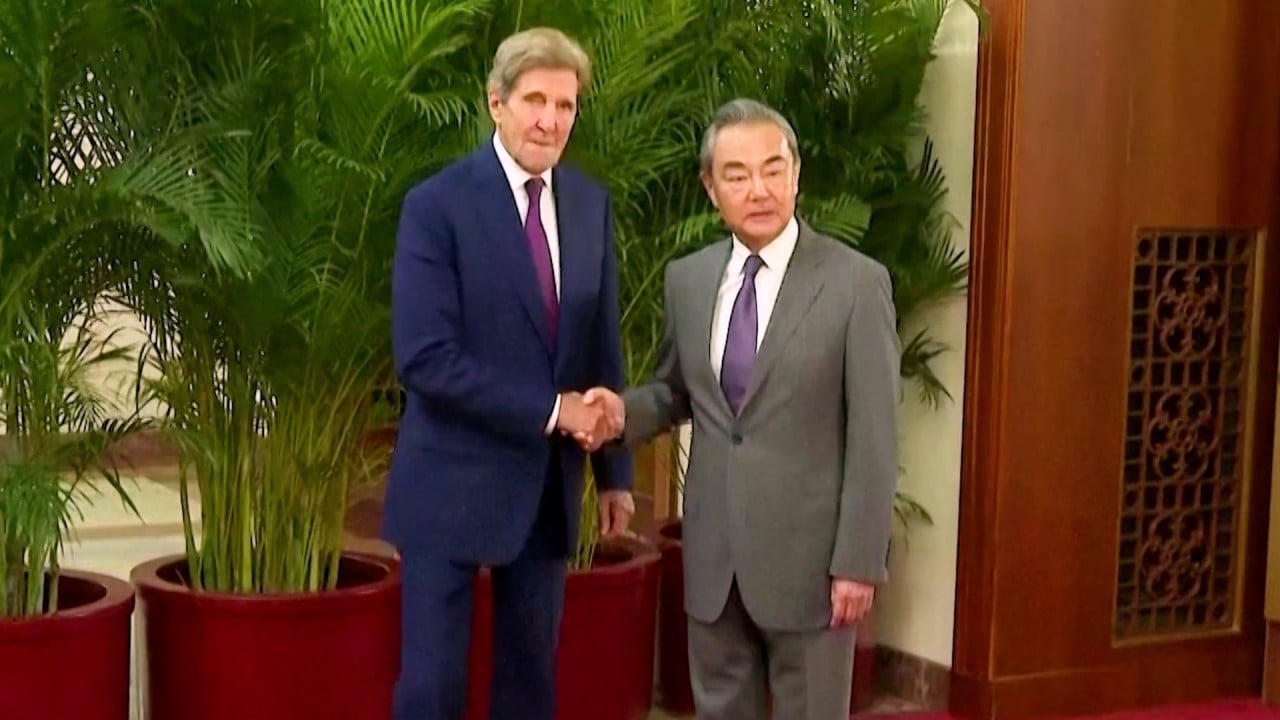Fossil fuel emissions in 2023 are expected to increase by 4 per cent in China, 8.7 per cent in India and 0.5 per cent for the rest of the world, while dropping by 7.4 per cent in the European Union and 3 per cent in the United States, a team of more than 120 researchers from nearly 20 countries estimated in a project steered by the Norway-based Centre for International Climate Research.
In China, which contributes to almost one-third of global emissions, a strong rise is projected for the volume of emissions from coal at 3.3 per cent, oil at 9.9 per cent and natural gas at 6.5 per cent. The growth this year is partly because of a delayed rebound from 2022 Covid-19 lockdowns, according to the report.
Emissions per capita remain lower in China than in some Western countries and India is among the lowest emitters per person in the world.
“If current CO2 emissions levels persist, the remaining carbon budget for a 50 per cent chance to limit warming to 1.5 degrees Celsius could be exceeded in seven years, and in 15 years for 1.7 degrees,” the international team said.
“Returning global temperatures below these thresholds after they have been crossed would require a massive scale-up of carbon dioxide removal after global net-zero emission has been reached.”
Cop28: China firm on new carbon goals for 2030, 2035. Seeks help on methane cuts
Cop28: China firm on new carbon goals for 2030, 2035. Seeks help on methane cuts
Pep Canadell, executive director of the Global Carbon Project, said all sources of fossil CO2 emissions were expected to rise this year, with coal – the biggest contributor – breaking its 2014 record.
“Oil is the biggest growth [at 1.5 per cent globally] that we see this year. That is mostly because we have seen a continuing, very strong recovery of international aviation.
“[In] both China and India, there’s been a lot of development. China had later lockdowns [compared to] other countries and the recovery is still coming through now this year,” said Canadell, who also serves as the chief research scientist at Australia’s national science agency the Commonwealth Scientific and Industrial Research Organisation (CSIRO).
Frank Jotzo, director of the Centre for Climate and Energy Policy at the Australian National University and who was not involved with the budget, said “it is not so useful to think in terms of just us versus them” because of the complexity of China’s emission status.
“China continues to build coal-fired power plants. China also builds by far the largest amount globally of renewable energy, as well as nuclear. Everything expands, and to a large extent displaces, old power installations,” Jotzo said.
“The unfortunate aspect is that this is extremely long-lived equipment. It is quite hard to imagine how a freshly built coal-fired power station … will be retired, say, in the 2030s.”
Speaking about clean energy development, Jotzo said “without China’s actions in this space, we would not have seen the global solar boom that we are seeing now”, while noting the rapid electrification of transport in China.
Autocratic UAE, Cop28 host, allows limited protests and critics in
Autocratic UAE, Cop28 host, allows limited protests and critics in
The country is projected to hold more than 80 per cent of global solar manufacturing capacity from 2023 to 2026, dominating the global solar supply chain while improving its technology and cost, according to energy consultancy Wood Mackenzie.



